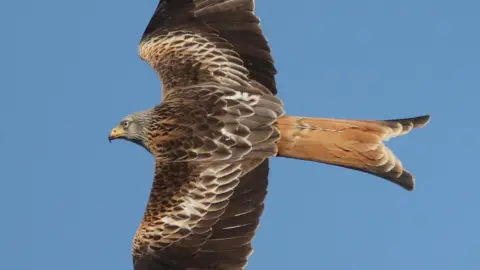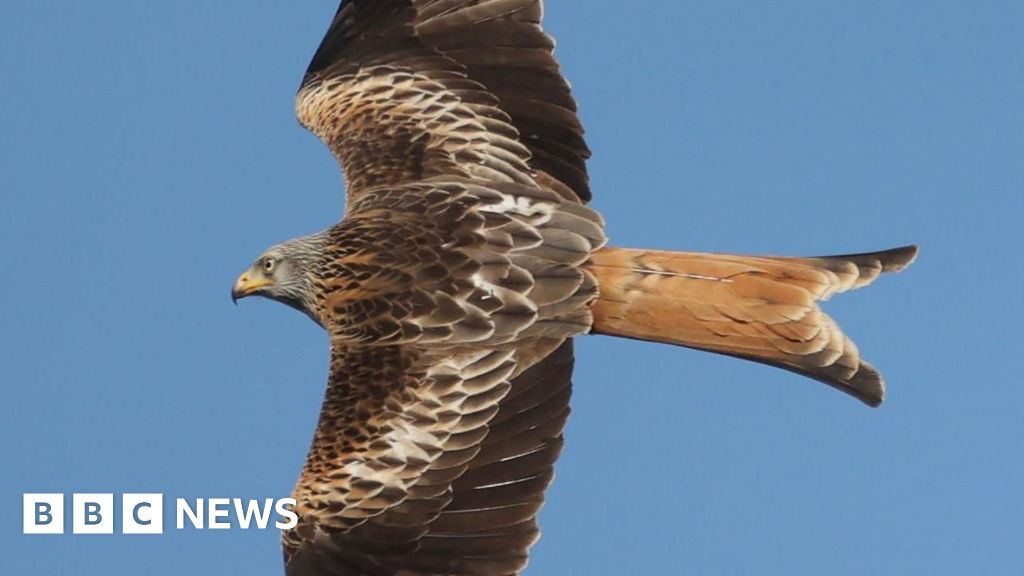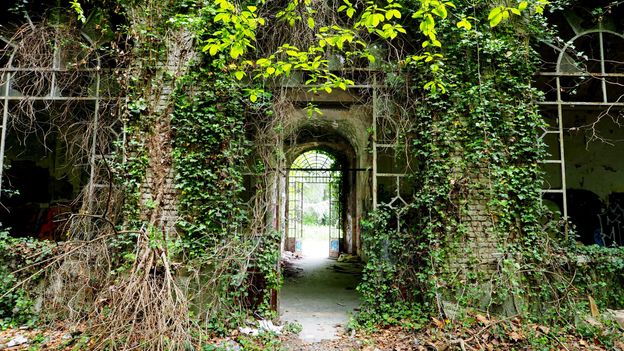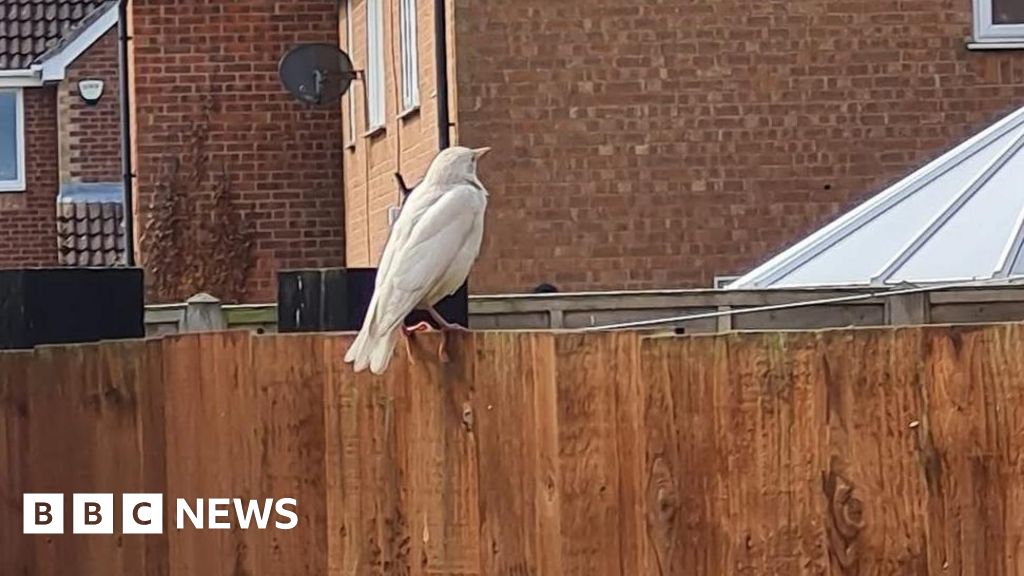 M Ruddock
M RuddockThe poisoning of a red kite, found dead near Loughbrickland, County Down, is being investigated by police.
The bird of prey, which is a legally protected species in Northern Ireland, was discovered on land near Tullymore Road in December.
Toxicology tests revealed the red kite was killed using a combination of two highly dangerous substances: the rodenticide chloralose and the insecticide bendiocarb, the Police Service of Northern Ireland (PSNI) has said.
Supt Johnston McDowell, the PSNI’s lead for wildlife crime and animal welfare, described it as a “tragic incident” and has appealed for information.
“Red kites, along with all birds of prey, are protected under the Wildlife (Northern Ireland) Order 1985,” Supt McDowell said.
“This tragic incident is not isolated and there have been previous reports of similar cases in this same area.
“Two ravens were also recently confirmed to have died from poisoning using similar chemicals.”
The senior police officer urged members of the public to report any suspicious deaths of birds of prey, stressing the extreme danger posed by the chemicals involved – not only to wildlife but also to humans.
“Anyone finding a dead bird of prey should not touch it but instead alert authorities immediately,” Supt McDowell advised.
How to identify a red kite?
The red kite is a distinctive bird of prey, easily recognised by its reddish-brown body, angular wings with white patches, and long, deeply forked tail.
Once nearly extinct in the UK, it has made a strong comeback through reintroduction programmes and is now found across Wales, much of England, parts of Scotland, and Northern Ireland.
Red kites were reintroduced to Northern Ireland in 2008 after being extinct here for centuries.
They can often be seen soaring over woodlands, open countryside, and even towns.
Banned substances
The PSNI, in coordination with the Northern Ireland Environment Agency (NIEA) and the UK’s National Wildlife Crime Unit, has conducted site visits and inquiries since the poisoned red kite’s discovery.
The investigation also involves the Health and Safety Executive for Northern Ireland (HSENI) and the Department of Agriculture, Environment and Rural Affairs (Daera).
A spokesperson from HSENI emphasised the legal responsibilities around the storage and use of biocidal products.
“Where duty-holders are found to have misused or stored banned substances, enforcement action will be taken,” they said.
A spokesperson for Daera described the deliberate poisoning of wildlife as “abhorrent,” and warned of serious legal consequences.
“The use or possession of banned or misused plant protection products is a criminal offence, punishable by fines and potential custodial sentences,” they added.
Supt McDowell also highlighted Operation Raptor – Peregrine Watch, which is a PSNI initiative that uses drone technology to monitor and protect nesting birds of prey.
“This initiative is a direct response to attacks like this one,” Supt McDowell said.
“Alongside our partners, we are committed to stopping these crimes and bringing perpetrators to justice,” he said.
Under current laws, anyone convicted of harming protected birds of prey can face fines of up to £5,000 per offence and imprisonment.




